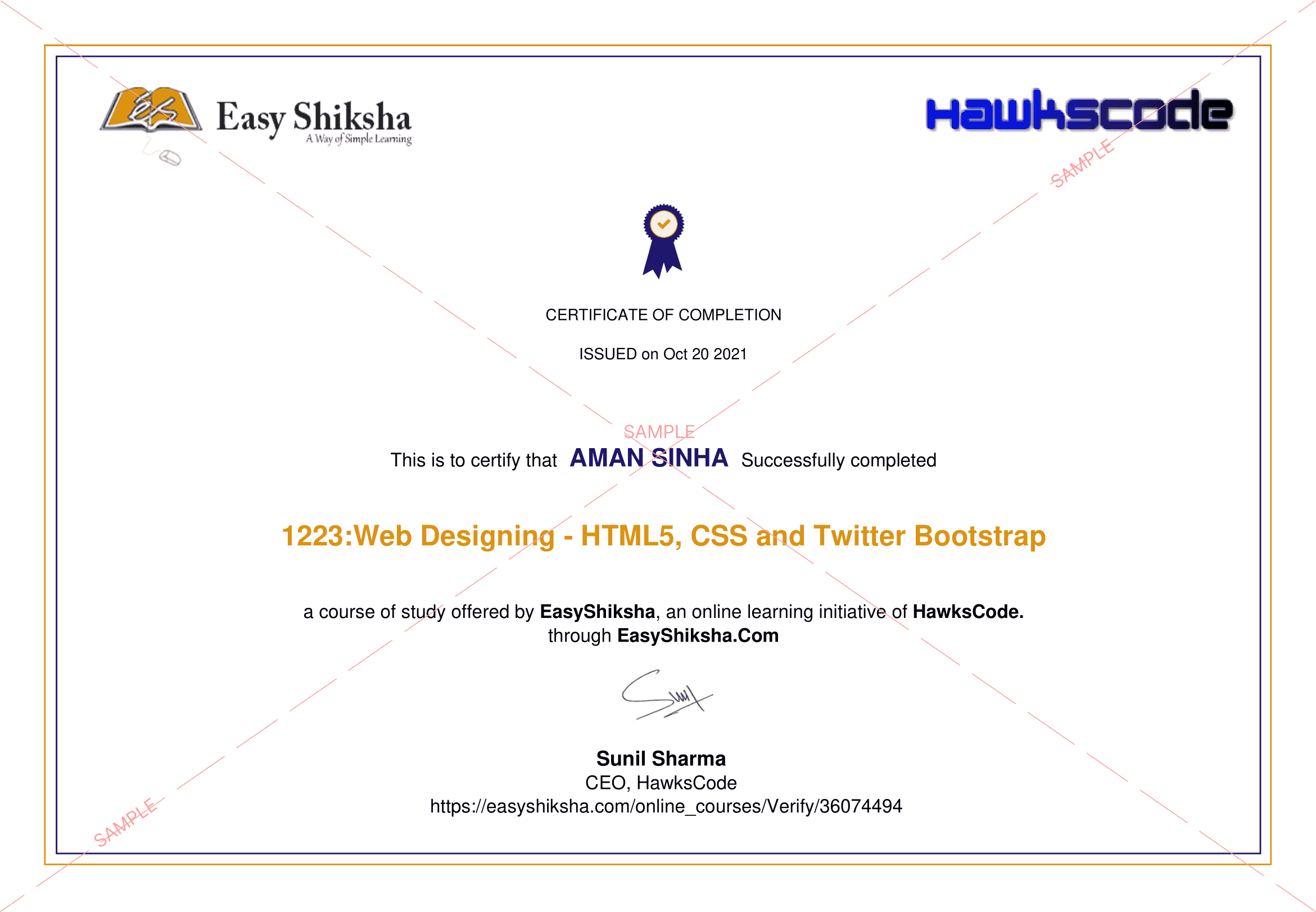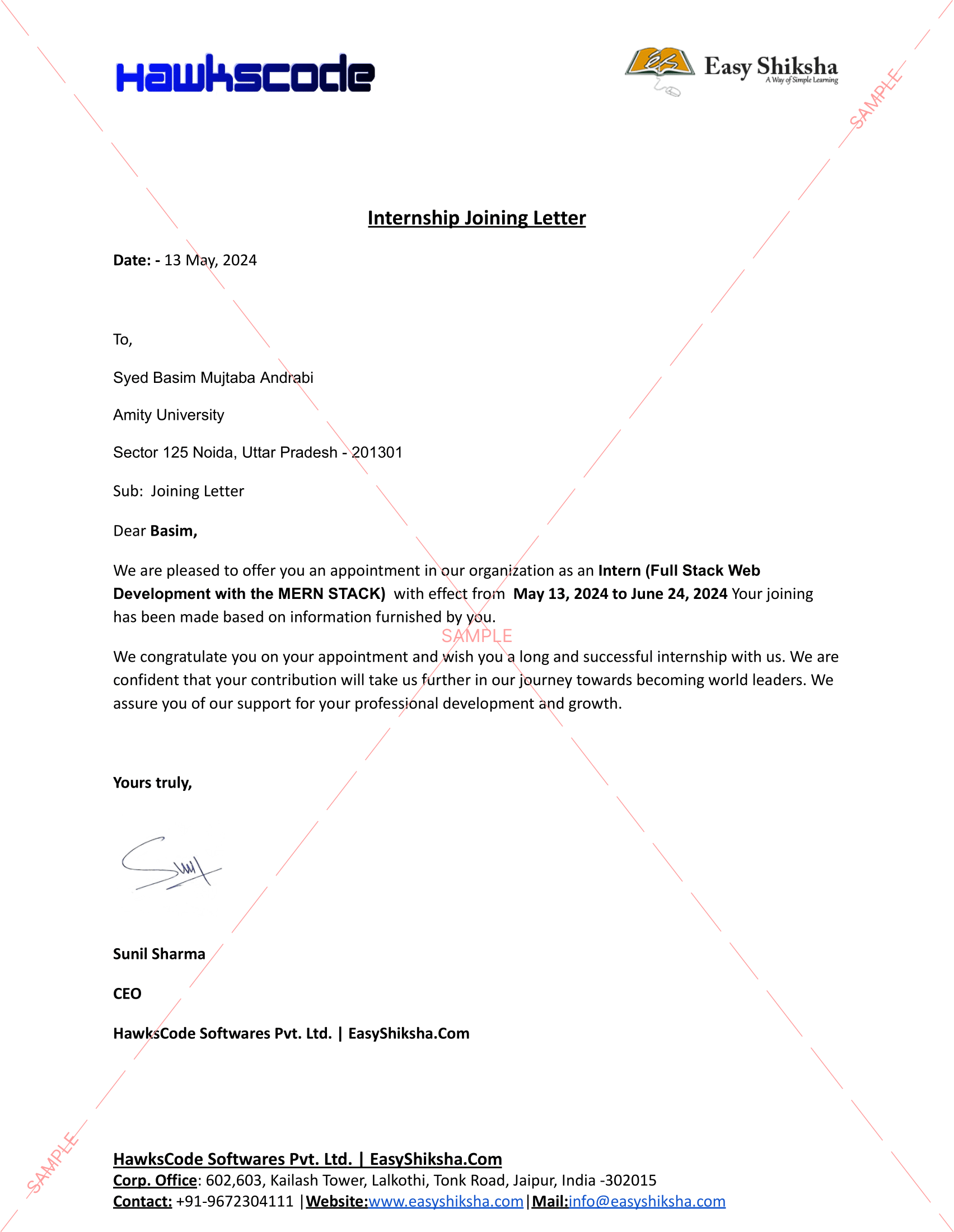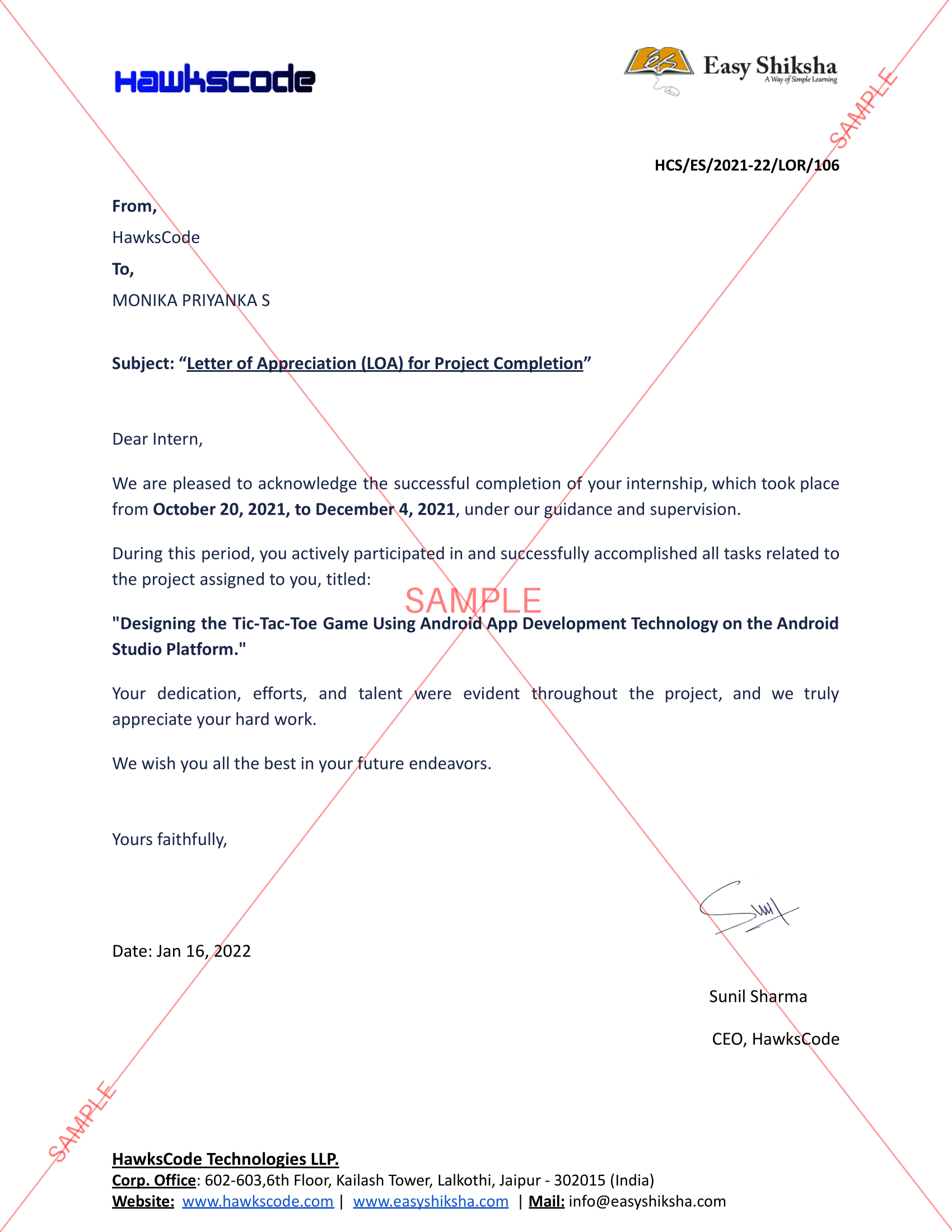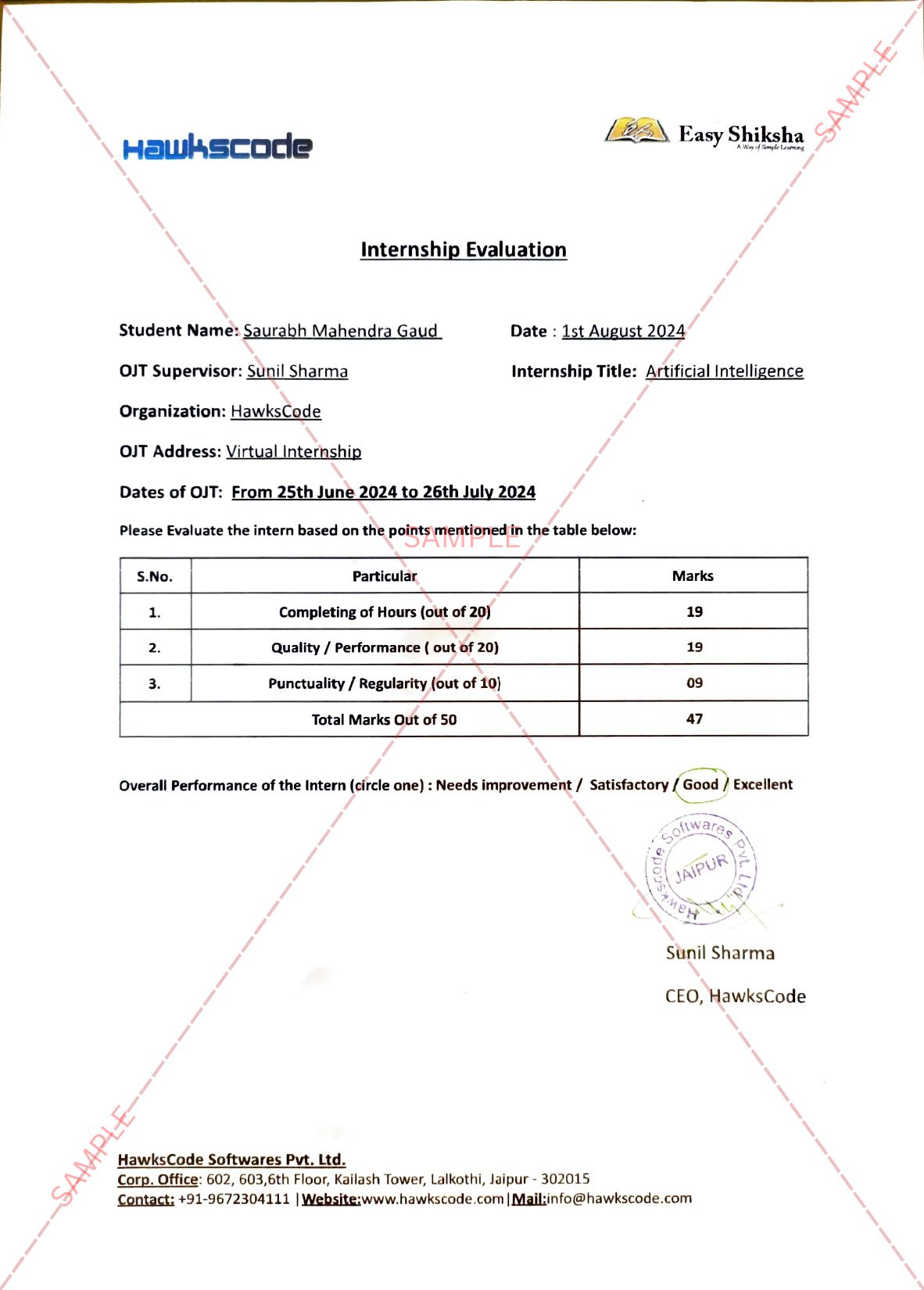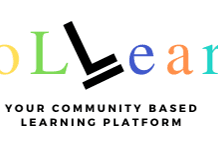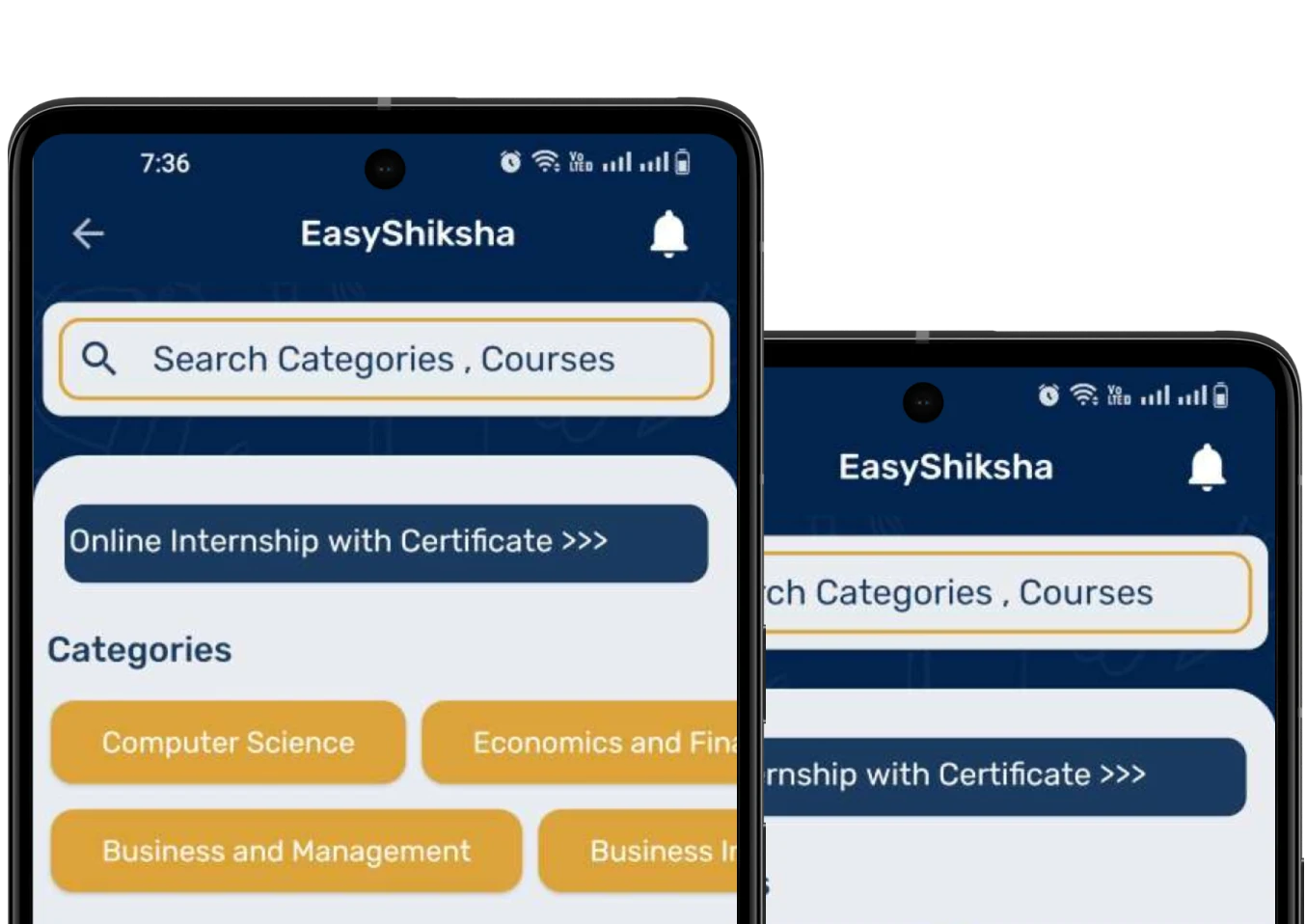Authored Article by Dr. Chetan Ginigeri, Consultant – Paediatrics & Paediatric Intensive Care, Aster CMI Hospital children
Household unintentional injuries are considered to be the leading cause of death among children. According to a study by WHO, every day around the world, the lives of more than 2000 families are torn apart by the loss of a child to an unintentional injury or “accident” that could have been prevented. The grief that the families is immeasurable and often impacts entire communities. Such tragedy can change lives irrevocably.

Important Announcement – EasyShiksha has now started Online Internship Program “Ab India Sikhega Ghar Se”
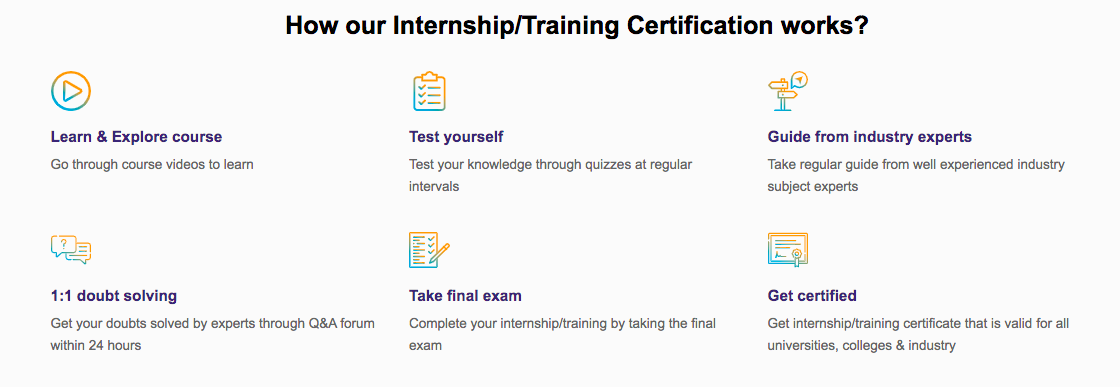
The coronavirus pandemic has forced schools and offices to close across the country, ensuring that social distancing will keep people isolated for the time being. School and work are now taking place at home, and largely at the same time. While thousands of parents who are currently working remotely and are trying to create a balance between their work and home life, ensuring child safety and paying attention to their child’s needs often becomes difficult for them.
Many usually reproduce the injury prevention strategies that are relevant to them and does not adequately protect their children. Children’s maturity and their interests and needs differ from those of adults. Therefore, adopting proven interventions such as child-resistant packaging for medications, fencing around swimming pools, hot water tap temperature regulation and window guards have been found effective in preventing potential hazards for a child in an adult-friendly home.
Once a child reaches the age of five years and above, unintentional injuries become the biggest threat to their survival. These injuries are also a major cause of disabilities among them and can have long-lasting impact on all facets of their lives, like relationships, learning and play. Children’s capacity to understand danger is often not matched by their curiosity and drive to explore their world. They live in a world designed for adults, and because their body contours and behavior are different, they are more prone to injuries.
Child injuries have been neglected for years, and are largely absent from child survival initiatives both locally and globally. Hence, at a time when parents are working from home and are struggling to attend to their child needs they need to be guided on how they can supervise the safety of their children at home and can ensure their home is childproofed.
Top Courses in Software Engineering
More Courses With Certification
Some of the common childhood injuries –
The most common causes of injuries among young children are falls – for example, from a table, a bed or a ladder, or falling over when running (not seeing a step or going too fast to stop safely). Other common injuries among children are from swallowing poisons, burns from hot water or fire, drowning, or getting badly sun burnt.Children might also get hurt when learning a new skill, such as riding a bike, or when they try using something that belongs to an older child (for example, a skate board).
Understanding the danger is important –
Young children cannot understand danger. They cannot understand they might get hurt or even killed even when you have told them about the danger. Young children can understand ”Stop”or“no”, but cannot understand “Do not run onto the street because you will get hit by a car”. They are too busy concentrating on one task, for example focusing on running without falling over. In case of toddlers, they may understand “no” but they may not have learned to obey it yet. Young children only look at where they are going to (chasing a ball, running to a friend) – they have ‘tunnel vision’, but they cannot judge whether something, such as a car, is moving, or how fast it is moving.
Empower your team. Lead the industry
Get a subscription to a library of online courses and digital learning tools for your organization with EasyShiksha
Request NowQ. Are EasyShiksha's internships truly free?
Yes, all internships offered by EasyShiksha are completely free of charge.
Q. How can I apply for an internship with EasyShiksha?
You can apply by visiting our website, browsing available internships, and following the application instructions provided.
Q. What types of internships are available through EasyShiksha?
EasyShiksha offers a wide range of internships across technology, business, marketing, healthcare, and more. Opportunities are continuously updated.
Q. Will I receive a certificate upon completing an internship?
Yes, upon successful completion, you will receive a certificate recognizing your participation and achievements.
Q. Are EasyShiksha's internship certificates recognized by universities and employers?
Yes, the certificates are recognized by universities, colleges, and employers worldwide.
Q. Is the download of certificates free or paid?
Access to internships and courses is free, but there is a small fee to download certificates, covering administrative costs.
Q. When can I start the course?
You can choose any course and start immediately without delay.
Q. What are the course and session timings?
These are fully online courses. You can learn at any time and pace. We recommend following a routine, but it depends on your schedule.
Q. What will happen when my course is over?
After completion, you will have lifetime access to the course for future reference.
Q. Can I download the notes and study material?
Yes, you can access and download course materials and have lifetime access for future reference.
Q. What software/tools would be needed for the course?
All necessary software/tools will be shared during the training as needed.
Q. I’m unable to make a payment. What should I do?
Try using a different card or account. If the problem persists, email us at info@easyshiksha.com.
Q. Do I get the certificate in hard copy?
No, only a soft copy is provided, which can be downloaded and printed if required.
Q. The payment got deducted but shows “failed”. What to do?
Technical errors may cause this. The deducted amount will be returned to your account in 7-10 working days.
Q. Payment was successful but dashboard shows ‘Buy Now’?
Sometimes payment reflection is delayed. If it takes longer than 30 minutes, email info@easyshiksha.com with the payment screenshot.
Q. What is the refund policy?
If you face technical issues, you can request a refund. No refunds are issued once the certificate has been generated.
Q. Can I enroll in a single course?
Yes, select the course of interest, fill in the details, make payment, and start learning. You will also earn a certificate.
Q. My questions are not listed above. I need further help.
Contact us at info@easyshiksha.com for further assistance.
How can you best keep your children safe –
As adults, it is our responsibility to work out what might hurt a child, and to work out how to keep young children safe. There are a set of steps that you can follow in order to best protect a child.
- Get rid of the danger: For example, if you have been using chemicals in the garden, throw away any chemical that is left over.
2. Change the hazard so that it is not so dangerous: For example, many children are hurt when they fall off bunk beds. Put the top-level bed down onto the floor so you have two low beds; lie your ladder down on the ground; avoid keeping table and stool next to balcony parapet or windows; and ensure the child’s outside play area is a long way from where the car goes.
3. Block access to the danger: For example, put medicines and cleaning chemicals into a locked cupboard, and take the key out (or use a ‘child-proof’ cupboard); always take the keys out of the car.
4. Stop your kids if they are doing something you think is dangerous : Pick them up and put them somewhere safe (you are the adult, and you are bigger); if they are too far away, shout something very simple, very loudly, like STOP! Don’t say more words as you need them to concentrate on stopping.
Reminders: Have emergency phone numbers near the phone -police, ambulance, fire,and doctor; have a first aid kit in the house and car; check that homes and public places you visit with your child are safe; do a first aid course which includes emergency resuscitation, so that you will know what to do.
Ultimately, child safety is not our choice, it is our responsibility!
For information related to technology, visit: HawksCode and EasyShiksha
ALSO READ: yulu-steps-up-to-support-home-delivery-of-essential-goods
Get Course: Trigonometry-Formulas-and-Definitions
